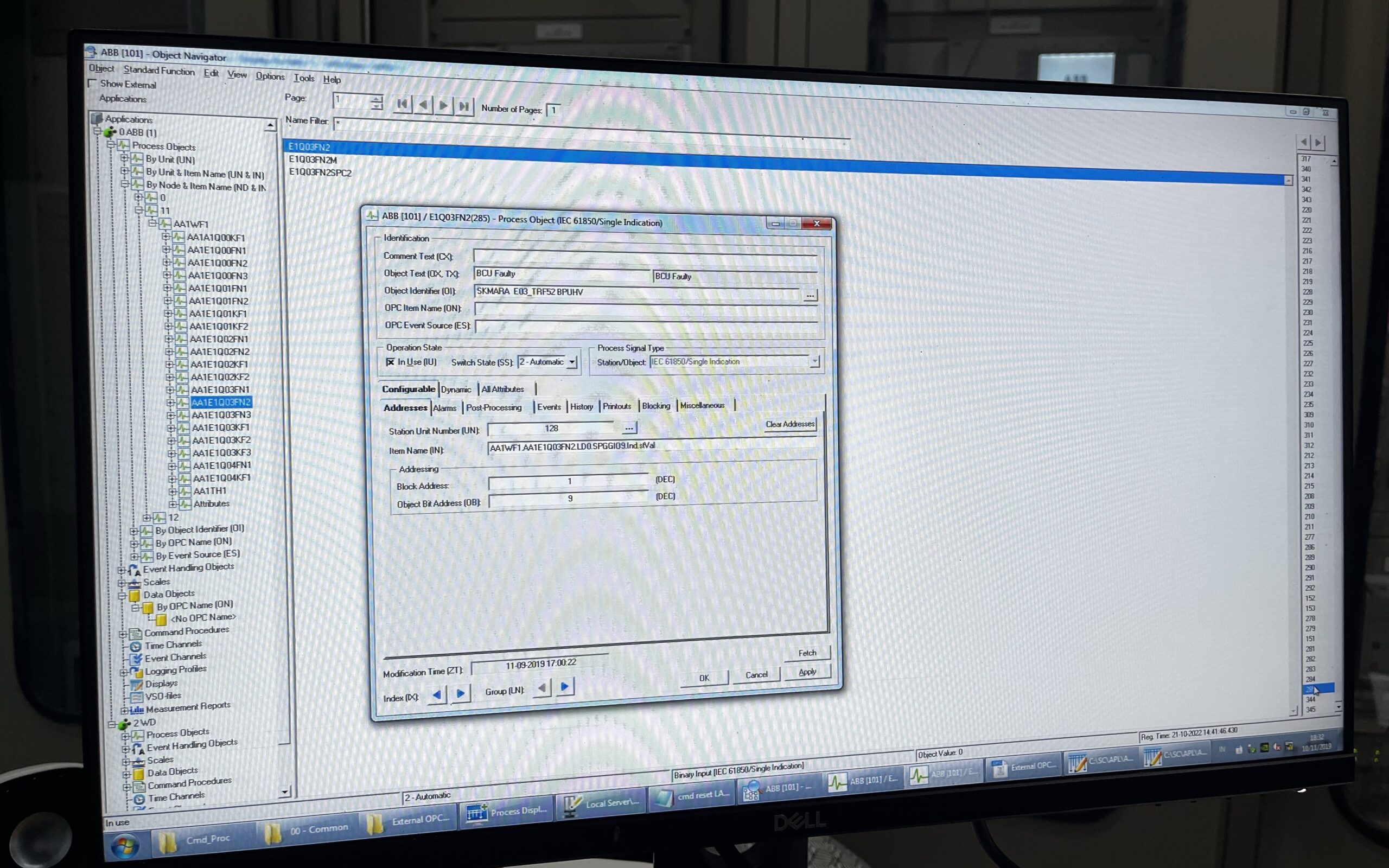
IEC 101 vs. IEC 104: Understanding the Differences. When it comes to industrial automation and communication protocols, IEC 101 and IEC 104 are two widely used standards that play a crucial role in ensuring efficient data exchange between devices. Have you ever used this protocol in your system or work? This is just an introduction to the two protocol that has been used for years in monitoring the power grid on Earth. Let’s dive into the differences between IEC 101 and IEC 104, exploring their features, functionalities, and applications.
IEC 101 vs. IEC 104
IEC 101: Overview and Features
IEC 101, also known as Inter-Range Electronic Circuit Protocol, is a serial communication protocol specifically designed for supervisory control and data acquisition (SCADA) systems. Introduced in the early 1980s, IEC 101 operates at relatively low speeds, typically utilizing 7-bit or 8-bit characters.
IEC 101 adopts a master-slave architecture, where a master device, such as a remote terminal unit (RTU) or a master station, controls and communicates with multiple slave devices. It employs a balanced transmission line, making it suitable for applications that require long-distance communication, such as power systems and oil refineries.
IEC 101 uses binary encoding for data representation and supports various data types, including single-point information, double-point information, step position information, and more. It ensures reliable and accurate data transmission through features like error checking and proactive confirmation mechanisms.
IEC 104: Overview and Features
IEC 104, also known as IEC 60870-5-104, is an advanced protocol designed to meet the growing demands of modern SCADA systems. Compared to IEC 101, IEC 104 offers enhanced performance and efficiency, making it a preferred choice in many industries.
Unlike IEC 101, IEC 104 operates using TCP/IP networks, enabling it to leverage the benefits of high-speed Ethernet communication. It utilizes an object-oriented approach, where data is organized into information objects, offering increased flexibility and extensibility.
IEC 104 supports features like selective data acknowledgment, making it capable of providing more reliable data transmission compared to IEC 101. It also offers built-in error detection and recovery mechanisms, ensuring data integrity and system resilience.
Key Differences and Applications
While both IEC 101 and IEC 104 serve the purpose of SCADA communication, there are key differences that set them apart:
- Speed and Network Support: IEC 101 operates at lower speeds and is commonly used in serial communication environments, while IEC 104 operates over TCP/IP networks, allowing for higher data transmission rates.
- Data Structure: IEC 101 uses a fixed information object structure, while IEC 104 employs a more flexible and extensible object-oriented structure, providing better scalability.
- Reliability and Error Handling: IEC 101 offers basic error-checking mechanisms, whereas IEC 104 provides advanced error detection, selective acknowledgment, and recovery mechanisms for enhanced reliability.
In terms of applications, IEC 101 is often found in industries such as power generation, distribution systems, and water treatment facilities. On the other hand, IEC 104 is typically utilized in industries requiring more demanding and high-performance SCADA systems, including substation automation, renewable energy, and smart grid applications.
Understanding the differences between IEC 101 and IEC 104 is vital when deploying SCADA systems. Careful consideration of the specific requirements and industry standards will help determine the most suitable protocol for a given application. The performance of the slave device will depend on the hardware specification, connection, and quality and stability of the power supply. That is all a few words for IEC 101 vs IEC 104.

You must be logged in to post a comment.